Notary Public Handbook - California Page 9
ADVERTISEMENT
7
GENERAL INFORMATION
surrendered to an employer upon termination of employment, whether or not the employer
paid for the seal, or to any other person.
Because of the legal requirement that the seal be photographically reproducible, the rubber
stamp seal has become all but universal; however, notaries may also use an embosser seal in
addition to the rubber stamp. The legal requirements for a seal are shown below. (Government
Code section 8207)
1. It is photographically reproducible when it is affixed to a document.
2. It contains the State Seal and the words “Notary Public.”
3. It contains the name of the notary public as shown on the commission.
4. It contains the name of the county where the oath of office and notary public bond are
on file.
5. It contains the expiration date of the notary public commission.
6. It contains the sequential identification number (commission number) assigned to the
notary public as well as the identification number assigned to the manufacturer or vendor.
7. It may be circular not over two inches in diameter, or may be a rectangular form of not
more than one inch in width by two and one-half inches in length, with a serrated or
milled edged border.
Many documents that are acknowledged may later be recorded. A document may not be
accepted by the recorder if the notary public seal is illegible. Notaries are cautioned to take
care that the notary public stamp leaves a clear impression. All the elements must be easily
discernible. The seal should not be placed over signatures or any printed matter on the document.
An illegible or improperly placed seal may result in rejection of the document for recordation
and result in inconveniences and extra expenses for all those involved.
The law allows a condition under which a notary public may authenticate an official act
without using an official notary public seal. Because subdivision maps are usually drawn on a
material that will not accept standard stamp pad ink and other acceptable inks are not as
readily available, acknowledgments for California subdivision map certificates may be notarized
without the official seal. The notary public’s name, the county of the notary public’s principal
place of business, and the commission expiration date must be typed or printed below or
immediately adjacent to the notary public’s signature on the acknowledgment. (Government
Code section 66436(c))
A NOTARY PUBLIC SHALL NOT USE THE OFFICIAL SEAL OR THE TITLE NOTARY
PUBLIC FOR ANY PURPOSE OTHER THAN THE RENDERING OF NOTARIAL
SERVICE. (Government Code section 8207)
A notary public is guilty of a misdemeanor if the notary public willfully fails to keep his or
her notary public seal under the notary public’s direct and exclusive control or if the notary
public willfully surrenders the notary public’s seal to any person not authorized to possess it.
(Government Code section 8228.1)
When the notary public commission is no longer valid, the notary public seal must be destroyed
to protect the notary public from possible fraudulent use by another. (Government Code section
8207)
IDENTIFICATION
When completing a certificate of acknowledgment or a jurat, a notary public is required to
certify to the identity of the signer of the document (Civil Code sections 1185(a), 1189,
Government Code section 8202). Identity is established if the notary personally knows the
signer or if the notary public is presented with satisfactory evidence of the signer’s identity.
(Civil Code section 1185(a)).
Personally Knows – “Personally Knows” means having an acquaintance, derived from
Table of Contents
ADVERTISEMENT
0 votes
Related Articles
Related forms
Related Categories
Parent category: Legal
 1
1 2
2 3
3 4
4 5
5 6
6 7
7 8
8 9
9 10
10 11
11 12
12 13
13 14
14 15
15 16
16 17
17 18
18 19
19 20
20 21
21 22
22 23
23 24
24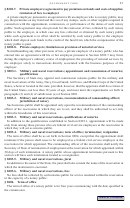 25
25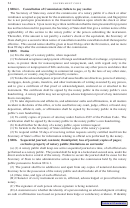 26
26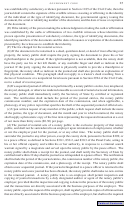 27
27 28
28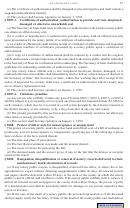 29
29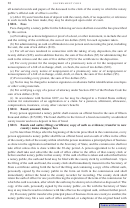 30
30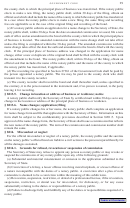 31
31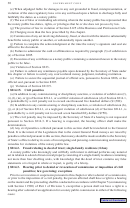 32
32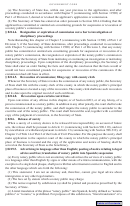 33
33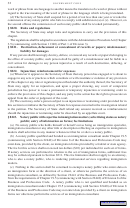 34
34 35
35 36
36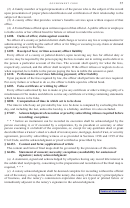 37
37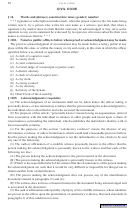 38
38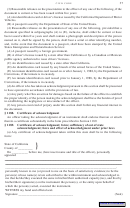 39
39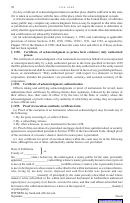 40
40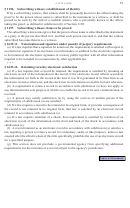 41
41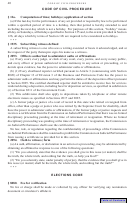 42
42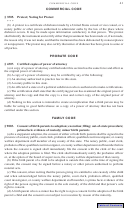 43
43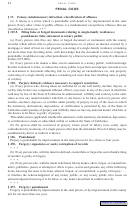 44
44 45
45 46
46 47
47 48
48








